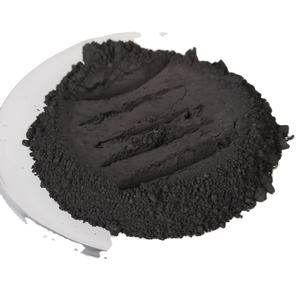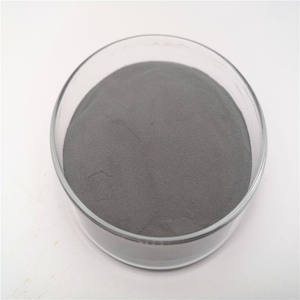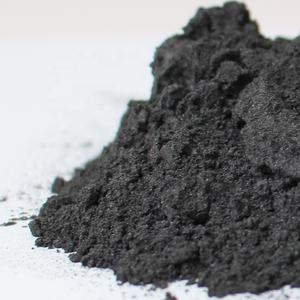One-stop lubrication solution | Discover the way to smoothness | Infomak

S Graphite A Mineral Or A Rock?
(S Graphite A Mineral Or A Rock?) S Graphite is a mineral and also a rock. It can be classified as an igneous or metamorphic mineral, depending on its origin and how…





